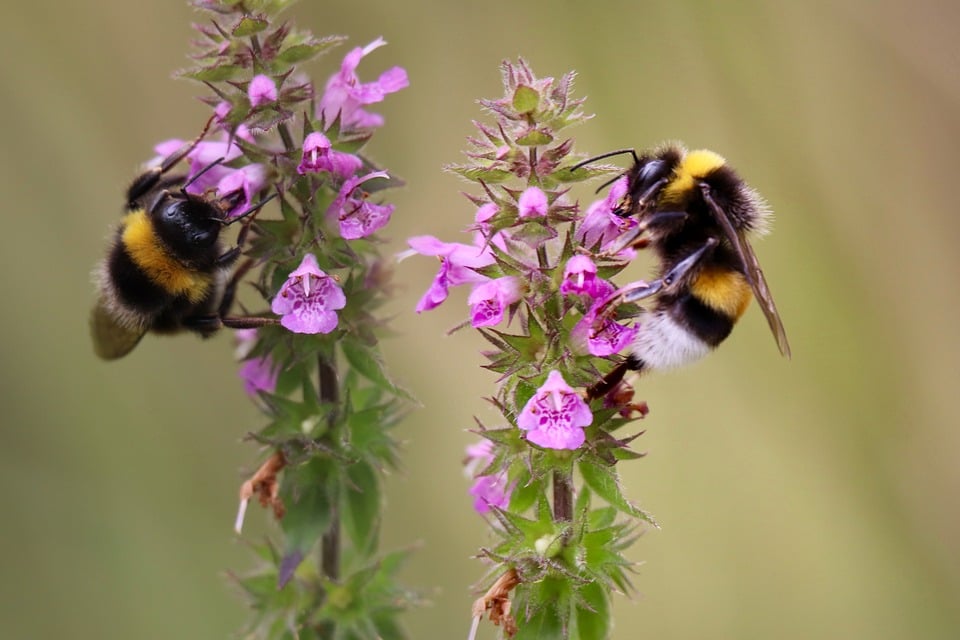In recent years, climate change has emerged as one of the most pressing challenges facing our planet. Its impacts are far-reaching, affecting not only the environment and human societies but also the diverse array of life forms that inhabit our planet. Biodiversity, the variety of living organisms on Earth, is under threat from the changing climate, putting countless species at risk of extinction. In this article, we will delve into the ways in which climate change is threatening biodiversity around the world, exploring its historical context, current state, and future predictions.
Historical Context
The concept of biodiversity has been a central focus in the field of biology for centuries. The term was first coined in the 1980s to encompass the variety of life forms found on Earth, from plants and animals to microorganisms. Biodiversity plays a crucial role in maintaining the health and stability of ecosystems, providing essential services such as pollination, nutrient cycling, and pest control.
However, rapid industrialization and the burning of fossil fuels have led to a sharp increase in greenhouse gas emissions, causing global temperatures to rise. This warming trend has disrupted ecosystems and altered natural habitats, making it increasingly difficult for species to survive and thrive. Climate change has accelerated the rate of extinction, with many species unable to adapt quickly enough to the changing environment.
Current State
The impacts of climate change on biodiversity are already being felt around the world. Coral reefs, for example, are suffering from bleaching events caused by rising sea temperatures, which can lead to mass die-offs. Similarly, polar bears are losing their sea ice habitats due to melting ice caps, making it harder for them to hunt for food.
In addition to these direct impacts, climate change is also affecting the interactions between species, leading to shifts in ecological communities. For example, changes in temperature and precipitation patterns are altering the timing of seasonal events, such as flowering and migration, which can disrupt the delicate balance of ecosystems.
Future Predictions
Looking ahead, the future of biodiversity under climate change looks bleak. Scientists predict that as global temperatures continue to rise, many species will face extinction, unable to cope with the rapidly changing conditions. Some estimates suggest that up to one-third of all species could be at risk of extinction by 2050 if current trends continue.
To combat this looming crisis, urgent action is needed to mitigate the impacts of climate change and protect biodiversity. This will require a concerted effort from governments, businesses, and individuals to reduce greenhouse gas emissions, conserve habitats, and support species conservation efforts.
Conclusion
In conclusion, climate change poses a significant threat to biodiversity around the world. The impacts of rising temperatures and changing weather patterns are already being felt by countless species, putting them at risk of extinction. It is crucial that we take immediate action to address this crisis and protect the diversity of life on Earth. By working together to reduce our carbon footprint and preserve natural habitats, we can help ensure a sustainable future for all living organisms. Thank you for reading and joining the fight to protect biodiversity in the face of climate change.
For further reading on this topic, we recommend exploring reports from the Intergovernmental Panel on Climate Change (IPCC) and the World Wildlife Fund (WWF).









